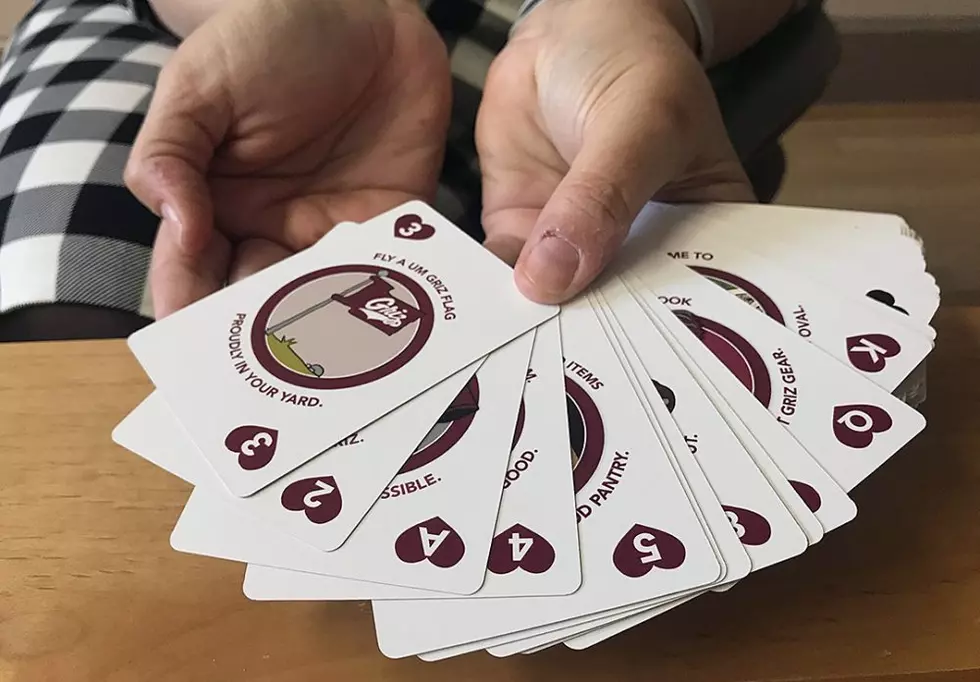
New VP looks to data-driven recruitment, digital marketing to boost UM enrollment
When Cathy Cole arrived at the University of Montana this summer, the new vice president of enrollment and strategic communications took a deep look at the school's recruiting challenges.
Her arrival wasn't soon enough to stave off a 7.6 percent drop in fall enrollment, one that followed similar declines in previous years, leaving the flagship institution with one of its smallest student bodies in nearly three decades.
But with a new university president firmly situated and a new cabinet in place, Cole believes the wheels are turning in a positive direction, and the numbers will begin to rebound by the fall of 2020.
“Next fall, we'll see a staunching of the flow of students away from us,” Cole said. “The year after, the class of 2020-21, we'll start to see an uptick, and people will really notice it.”
Cole's optimism and targeted approach to recruiting brings a welcome change for campus advocates, who've watched with frustration over the past seven years as enrollment tumbled by 28 percent.
Many of those in-state students have opted for Montana State University, something Cole attributes to a number of factors, from sheer momentum to data-driven recruitment.
“I think at this institution, we didn't know who our best-fit student was – we didn't know who to go after,” Cole said. “Now we're really using data to take a hard look at who our best-fit student is. We can be much more targeted in our recruitment efforts, and that's a game changer, and perhaps MSU figured that out a little bit before we did.”
The state of Montana sees around 10,000 students graduate each year from high school, Cole said. Of those, around 3,500 stay in state and choose one of 16 colleges and universities to attend.
Given the small percentage that remains, Cole has begun looking beyond Montana to ramp up recruitment, with a focus on the so-called Western Undergraduate Exchange.
“Since I got here, we've really taken a look at what we were doing and how we were doing it,” Cole said. “There really wasn't any strategy behind what was happening. We've really put a strategy behind what we're doing and how we're doing it.”
The Western Undergraduate Exchange pools more than 40,000 students across 16 Western states and offers discounts to students who choose an out-of-state college that's registered in the exchange.
Using data, Cole has reviewed those states where in-state tuition is greater than UM's tuition for out-of-state students. She has coupled that with regions with direct or one-stop flights to Missoula, families who vacation in the Northern Rockies, and even students who are likely to shop at REI.
It is, Cole said, the nature of competitive recruitment.
“Once I did that, it really opened up our recruiting market,” said Cole. “We've started to tailor our recruiting messages to students in those kinds of areas, and we've been pretty successful so far. Students are really interested in Montana and the Montana experience. When you go to school here, you're not just sitting in the classroom.”
Over the past few years, parents who have a son or daughter considering a Montana university have lamented how their child gets bombarded with literature from MSU, while UM seems missing from the equation.
Cole said she's aware of such concerns.
“I hear it,” she said. “But I'll tell you, MSU has a larger budget than we do. They spend a lot more money per person to recruit and that's okay.”
While glossy brochures that arrive in the mail don't hurt, Cole said, she's focusing UM's efforts on digital recruiting and the platforms most frequented by today's teenagers. They spend more time on the cellphone than they do waiting for the mailman to arrive, Cole said.
“That's how I'm reaching students these days,” she said. “We're digital, we're geofencing, and we're taking a very hard-line approach about how we spend our advertising and marketing dollars.
“Mom and dad are a different story,” she added. “We're sending those publications home because we want mom and dad to see something at the kitchen table to spark a discussion for the 1.7 seconds the kid is home. When I send something home, I want it to be unique, but I really want to get them on their phone.”
Cole has spent the past 25 years working at Wichita State, Eastern Michigan University, Middle Tennessee State and the University of North Florida, where enrollment dropped 22 percent. Within a year after Cole's arrival, enrollment at North Florida grew more than 36 percent.
She sees similar opportunities at UM and expects the enrollment numbers to rebound.
“I do hear frustration, but what I mostly hear is support,” she said. “Every single person I've met has asked how they can help. My answer is, wear the brand, talk about us, tell the neighbors, post about us on social media. I can't get over how many people are part of the solution here. It's really incredible.”
